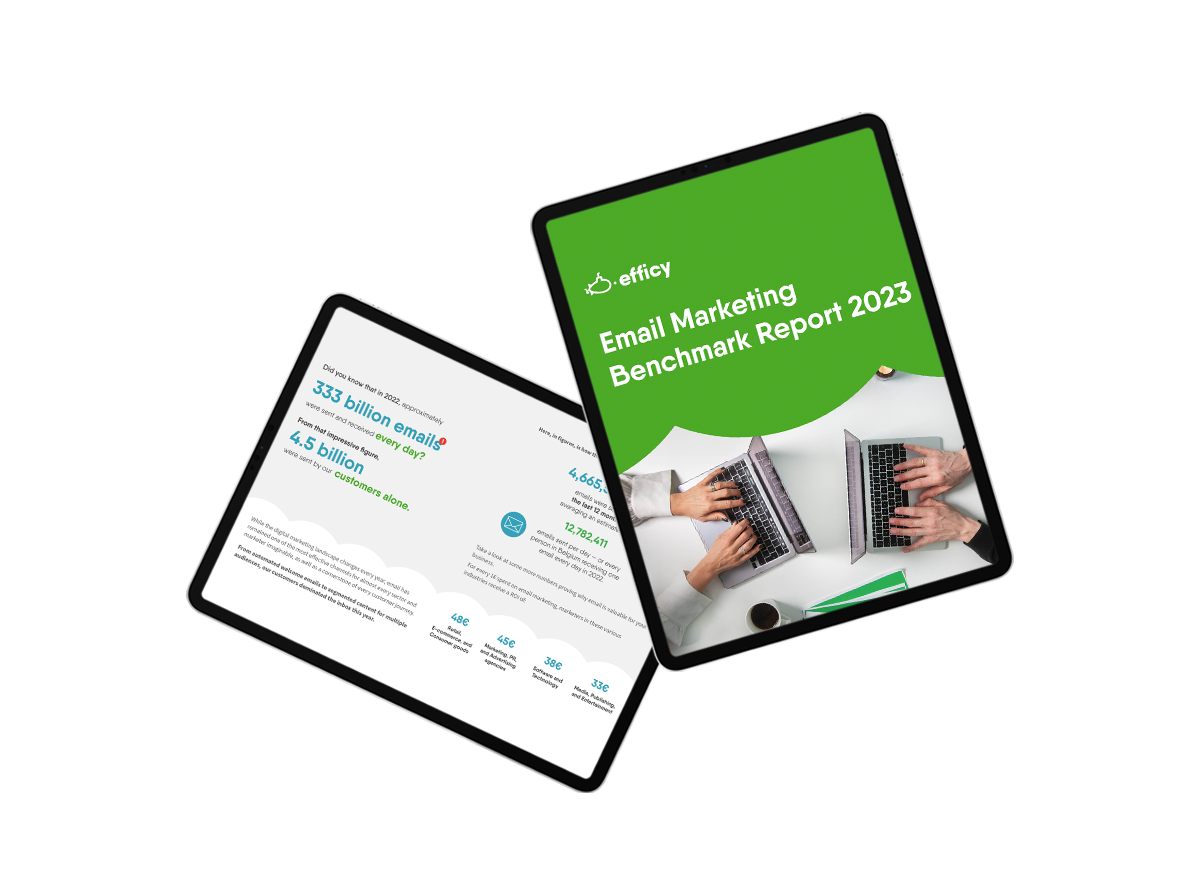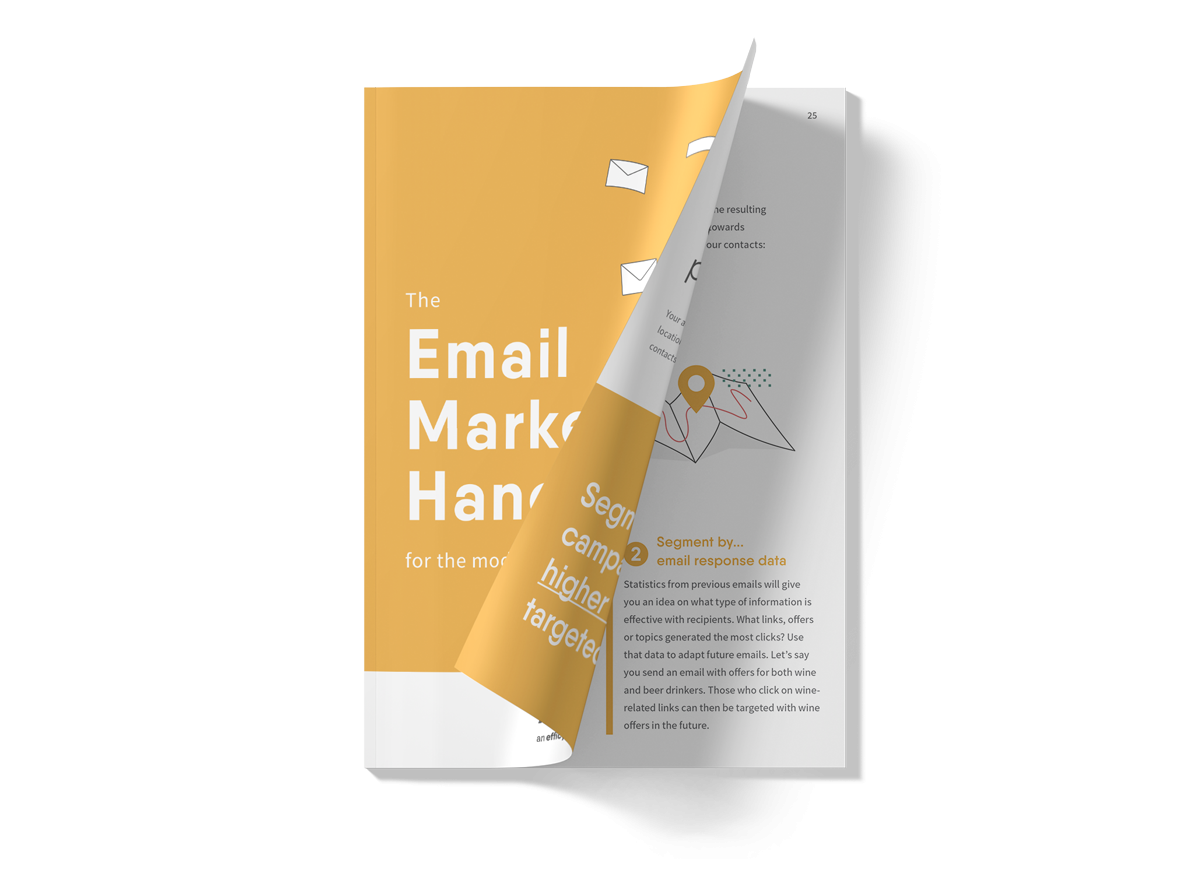Image
Aug 25
| 3 minutes
read
22,556 unread… Is email broken or is it just me?
I know I might be at one extreme of the bell curve but my email account has over 22,000 unread emails! I’ve used this account for 13 years – and it shows.
Strangely I am actually quite happy with this. It’s pretty rare that I miss an important email. I know that most of those unread are automated confirmations, newsletters that I sometimes open (often not) and other promotional junk mail.
The email marketer’s challenge
Personally, I may be happy with this situation but, professionally, this number – 22,556 – shows the gravity of the challenge faced by email marketers today. Email as a channel is here to stay, despite social media, app notifications and other new technologies threatening to take its crown.
So what can we do to improve the success of email? I think there are a few areas that can be improved…
The shortfalls of email marketing
Emails are currently polarised – either highly personalised (1-to-1) or batch sent:
- Transactional emails focus too much on administrative tasks – account set-up, password resets etc.
- Newsletters are often too generic – if segmented at all, the segments are too large, resulting in the same feeling to the reader as a generic “batch-and-blast”
It seems to me this has developed historically…
The evolution of email technology
email as a channel has been adapted to fulfill many different requirements in online – from account administration to marketing and advertising purposes. The technologies that have formed around email reflect this.
The major players in enterprise email (Adobe Neolane, Oracle Responsys, Salesforce Exact Target etc.) initially concentrated mainly around batch emails, then evolved into dialogue marketing, aiming to create an automated conversation with customers.
Email, however, is a large area. These campaign players left a niche for other technologies to focus on an important area – Basket Abandonment and Retargeting. Companies grew (Salecycle, for instance) around monetising unfulfilled demand in the purchase process. The need for these niche players arose partly because traditional email platforms were not good at real time email communication. One major player in email focused on SME’s has even retained separate branding for its list and transactional email platforms (Mail Chimp and Mandrill).
This results in some of the companies that I work with using two or three email platforms, which is complex to run from a user perspective and creates different silos of data. This doesn’t help create a consistent brand experience.
How many email platforms do we really need?
Three areas that I have found create the need for multiple email platforms are:
- the need to ingest web behaviour to personalise emails
- the ability to trigger emails in real-time and
- difficulty in working with feeds of creative from the content management system.
It would be good to find out if you have come across these issues? Is this something you have found difficult in the past with your email vendor (brand name not necessary!)
This post was written by Andy Walker



